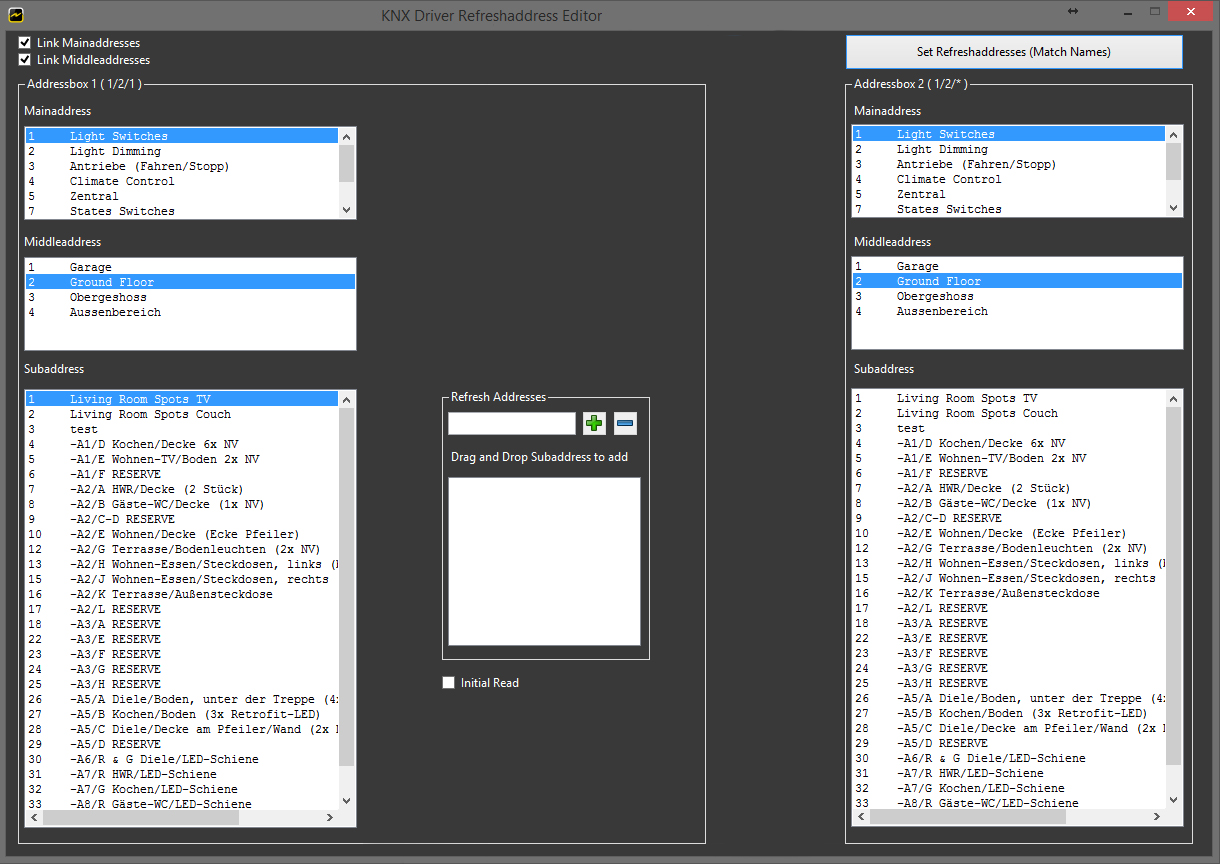
Yes, it would take effort, and the potential profit might not be that high, but hey, if it is possible, someone would find a way to make it simpler and more accessible.ĬNP fraud and general online fraud is on a raise, with every new feature mitigating the risk for a certain period of time, but it is only delaying the inevitable. Nowadays, we are constantly being reminded, how easy it is to hack whether we are talking about financial institutes or companies data bases through top guarded security organizations (“ Gary McKinnon”) So, now we shift our conversation towards programming, hacking, reverse engineering and all those fancy words, describing someone infiltrates the security of the software and exposes the actual data.

Since the card does not need to go online to acquirer a new CVV code, suggest the calculation will be done offline/internally as long as the Lithium battery holds juice (metaphorically speaking). One might speculate that the CPU installed on the actual card holds the algorithm used to calculate the new 3-digit code. So, what’s actually the engine of this mysterious 3-digit, ever-changing codes? ALGORITHM. If you look at the structure of a dCvvVV2 card structure, you can find: Question: How secure is this dCVV2? could the dCVV2 be hacked?

What is the dCVV2 you ask? Easy: it is basically a dynamic 3-digit code, showing on the back of a credit card, that is being generated every 30 to 40 minutes. The use of dynamic Card Verification Value 2 (dCVV2) is one tool issuers may consider to reduce fraud risk in this environment.


 0 kommentar(er)
0 kommentar(er)
